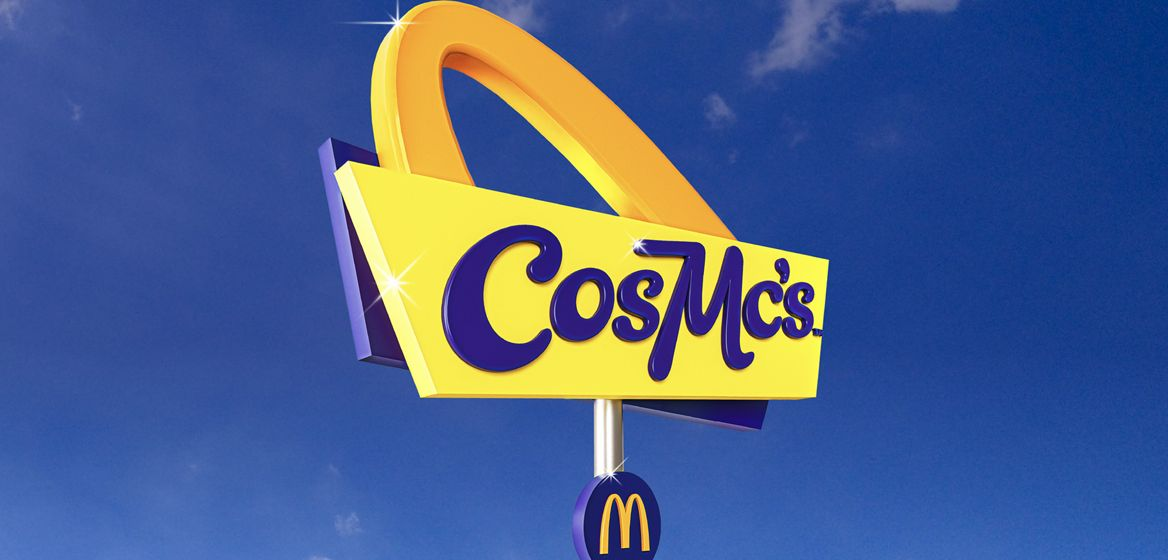Typecast web fonts service in public beta
Dev claims service "blows Photoshop out of the water for type"
Typecast is now in public beta. The browser-based service, which we first reported on a year ago, enables designers to more easily set and style web fonts, providing real-time visual feedback on full-length copy rather than just small excerpts. The team expects to launch Typecast as a paid subscription service by the end of the year. In the meantime, Paul McKeever, CEO of Front, the agency behind Typecast, gave .net more insight about the service.
.net: You say Typecast "blows Photoshop out of the water" when it comes to working with fonts. In what ways does it do this?
McKeever: The fundamental philosophy behind Typecast is that good typography is essential for web design. Typecast aims to make the web a more beautiful, readable place by giving designers the precise typographic control of web fonts that they are used to in print.
Designers can use Typecast to quickly combine, compare and style web fonts without performing screen captures and workarounds in applications such as Photoshop. Designers can visually manipulate text directly within the browser, offering more scope for creative experimentation, better typographic control and simplifying workflow by generating production-ready HTML and CSS.
.net: Are there any features in particular that you'd recommend for our readers?
McKeever: There are 23,000 fonts they can try from Typekit, Fonts.com, Fontdeck and Google Web Fonts, and they'll soon realise how quickly they can work with draft content to produce something beautiful. Additionally, you can share a public URL of a project with clients and colleagues, showing how type choices render in the browser.
.net: You mention font providers; how seamless is integration with them?
McKeever: You can try out any of the fonts within Typecast without needing an account or having to write any code. It takes literally seconds to get up and running. You can already download your work as HTML and CSS, and we're working on new features to make it easier to export projects from Typecast and get them into production.
.net: How will code purists find the output from Typecast?
McKeever: Typecast is based on using HTML and CSS, and so when you try out fonts or create styles, you're adding CSS to a selector, and those changes affect all elements of that type. This means designers are able to work visually while creating code that a developer can take and use in production.
.net: What do you hope to get out of the public beta?
McKeever: We've been developing Typecast through a limited private beta and have had great feedback so far. Now that the app is much more complete, we want to learn about how designers use Typecast as part of their workflow. People who take part in the public beta will be offered a discount at launch by way of thanks for providing early input.
Get the Creative Bloq Newsletter
Daily design news, reviews, how-tos and more, as picked by the editors.

Thank you for reading 5 articles this month* Join now for unlimited access
Enjoy your first month for just £1 / $1 / €1
*Read 5 free articles per month without a subscription

Join now for unlimited access
Try first month for just £1 / $1 / €1

The Creative Bloq team is made up of a group of art and design enthusiasts, and has changed and evolved since Creative Bloq began back in 2012. The current website team consists of eight full-time members of staff: Editor Georgia Coggan, Deputy Editor Rosie Hilder, Ecommerce Editor Beren Neale, Senior News Editor Daniel Piper, Editor, Digital Art and 3D Ian Dean, Tech Reviews Editor Erlingur Einarsson, Ecommerce Writer Beth Nicholls and Staff Writer Natalie Fear, as well as a roster of freelancers from around the world. The ImagineFX magazine team also pitch in, ensuring that content from leading digital art publication ImagineFX is represented on Creative Bloq.
